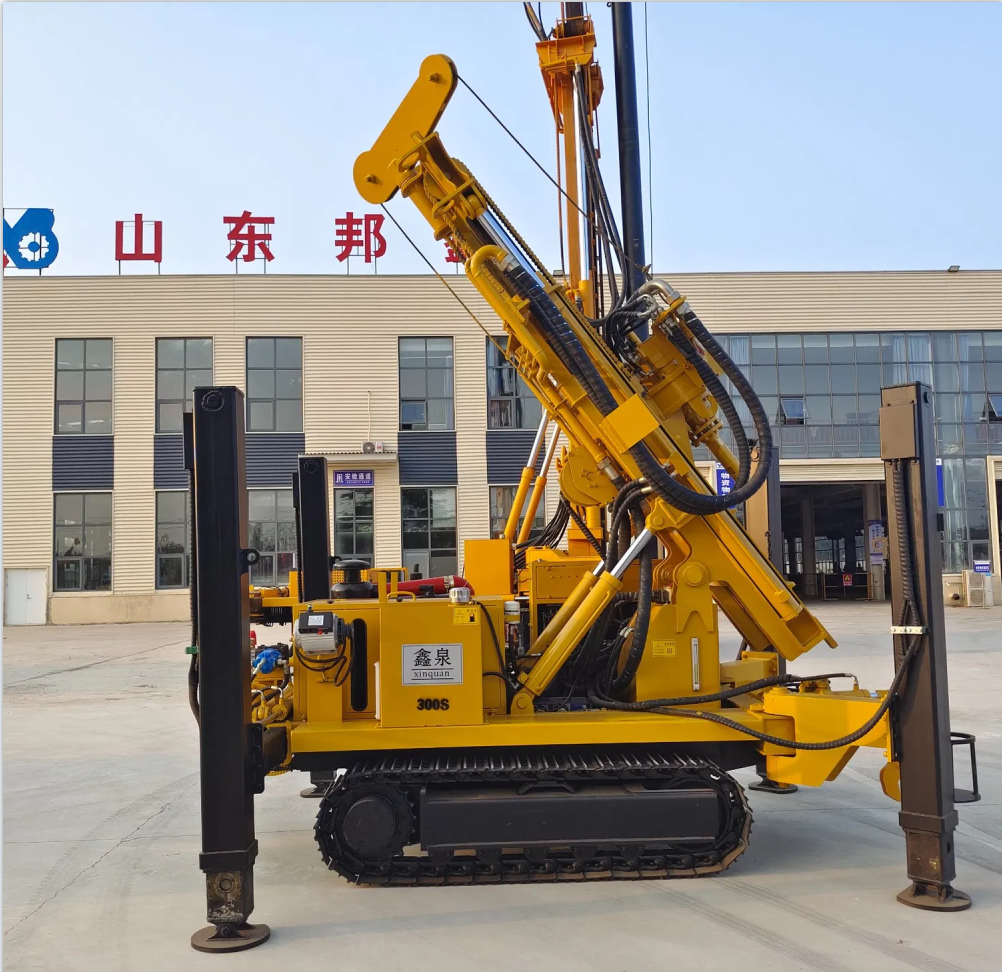Finding Water in Sands: Bit Strategies for Water Well Drilling Rig
In water well drilling rig operations, sand and quicksand layers are tough geological obstacles. Sand has loose particles, poor structure, and weak stability—easily collapsing without support.
Quicksand is trickier: its particles hold free water, flowing strongly. Disturbance causes water gushing, blocking drilling or even full hole collapse. These risk tool jamming or hole abandonment.
Here’s how water well drilling rigs conquer them:
-
Use dual-wall drill pipe reverse circulation systems. High-pressure mud flows down the annular gap, carries cuttings up the central channel, clearing sand promptly to reduce collapse risks.
-
Choose bits for efficiency and hole protection. Roller cone bits crush sand particles evenly with rolling teeth. PDC bits cut fast through fine sand with sharp composite blades.
-
Control drilling parameters strictly. Keep rotation speed moderate (60-80 rpm) to avoid over-disturbing layers. Maintain mud viscosity at 30-50 seconds—its dense mud cake blocks sand movement and balances water pressure.

With these methods, water well drilling rig turn “sand seas” into stable water sources smoothly.
 Bangxin -borado
Bangxin -borado